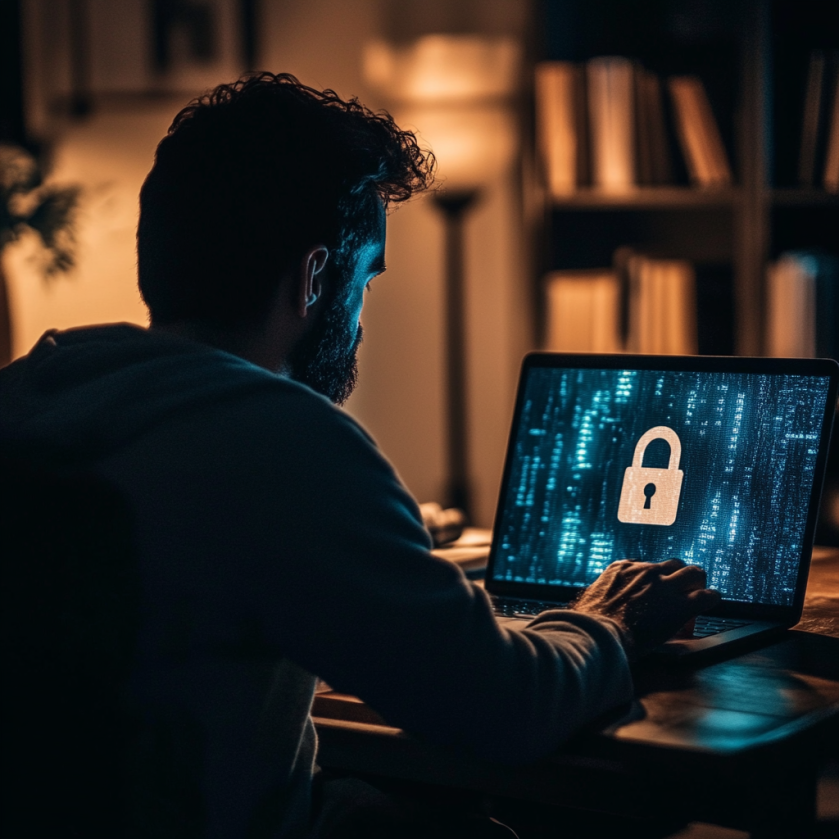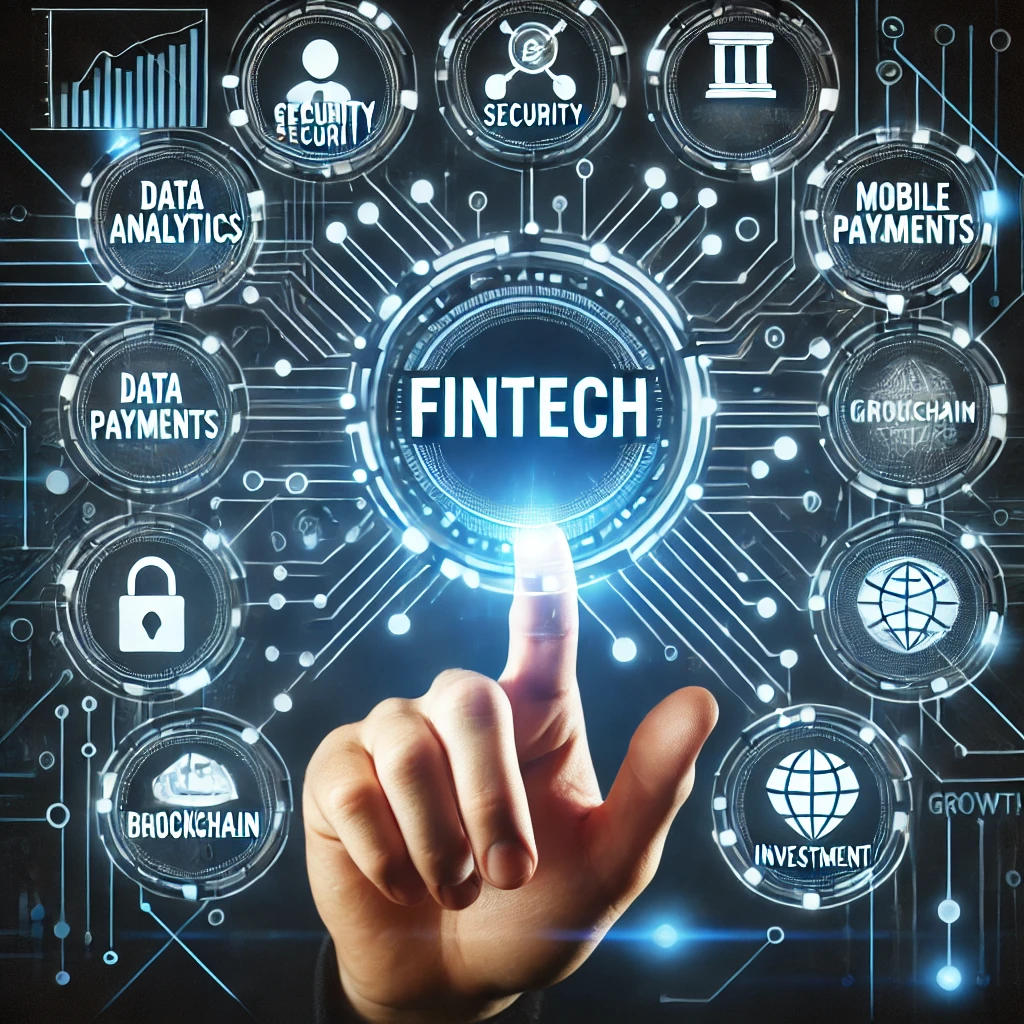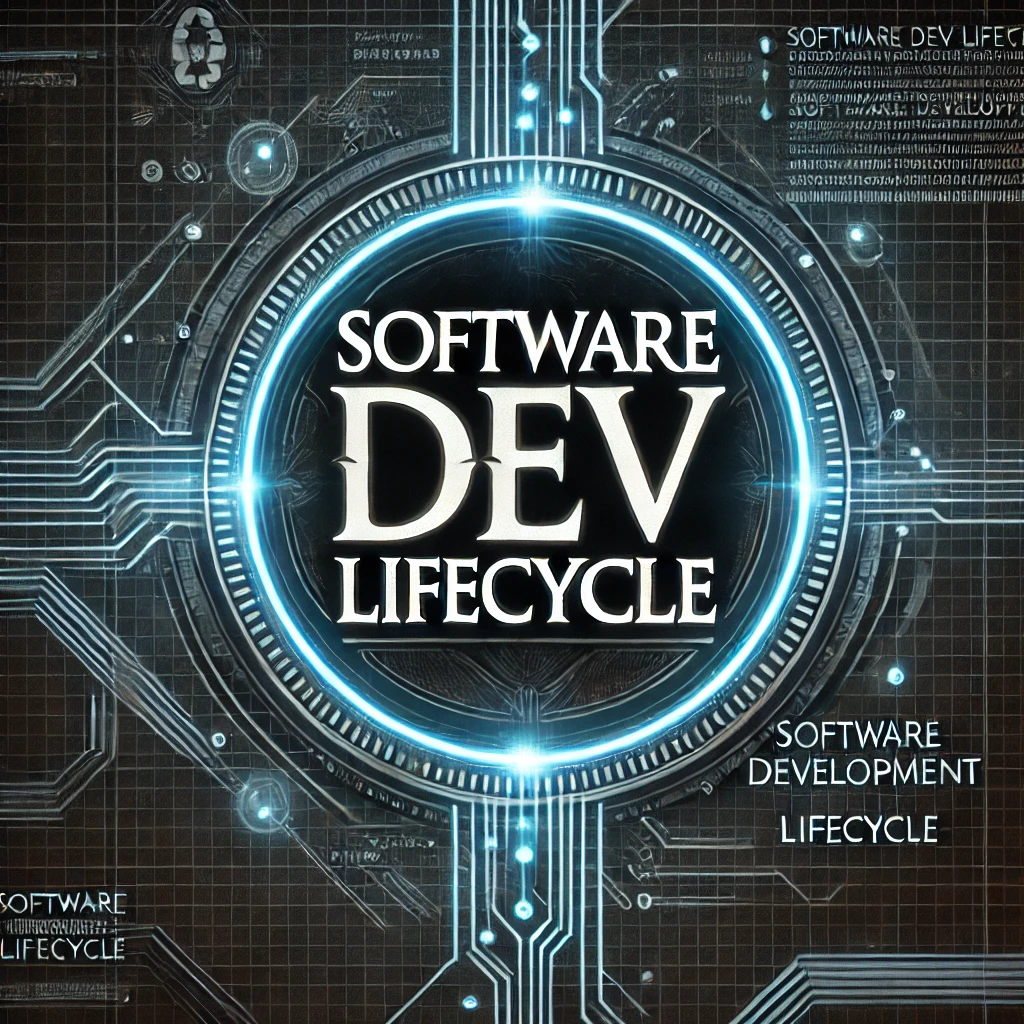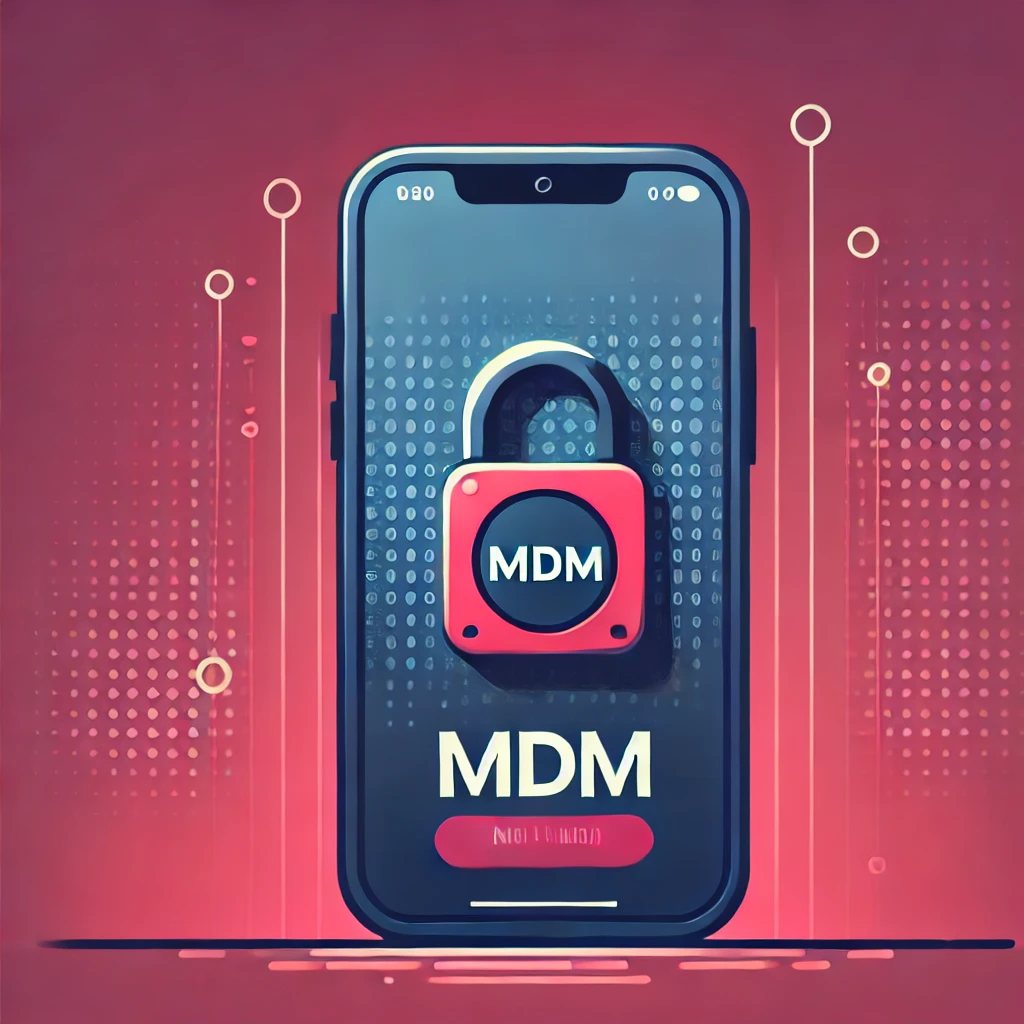Cybercriminals are increasingly targeting human vulnerabilities rather than technological ones. Social engineering is a psychological manipulation technique used to deceive individuals into revealing sensitive information, granting unauthorized access, or executing fraudulent transactions. Unlike traditional cyberattacks that exploit software flaws, social engineering preys on trust, emotions, and human error, making it one of the most effective and dangerous attack vectors in modern cybersecurity. The Growing Impact of Social Engineering Attacks Social engineering accounts for 70% to 90% of cyberattacks, causing billions of dollars in damages each year. According to the 2024…
Read MoreCategory: Compliance & Regulations
Securing the Remote Workforce | Strategies for Protecting Distributed Environments
The Security Challenges of Remote Work The shift toward remote work has transformed how organizations operate, but it has also introduced significant cybersecurity challenges. Employees accessing corporate resources from home, public Wi-Fi, or personal devices create expanded attack surfaces, increasing the risks of phishing attacks, endpoint compromise, data exfiltration, and unauthorized access. Cybercriminals are capitalizing on weak authentication mechanisms, insecure home networks, and misconfigured remote access policies to exploit vulnerabilities in organizations that lack a structured security framework. Without proper safeguards, remote employees can become the weakest link in an…
Read MoreUnderstanding Transaction Fraud | Challenges, Risks, and Security Strategies
The Growing Threat of Transaction Fraud In an increasingly digital world, where financial transactions occur at the speed of light, transaction fraud has become one of the most persistent threats facing businesses, financial institutions, and consumers alike. As digital payment systems, e-commerce platforms, and financial technologies (fintech) continue to evolve, so too do the methods used by cybercriminals to exploit vulnerabilities. Fraudulent transactions take many forms, from stolen credit card details and account takeovers to synthetic identity fraud and AI-powered phishing schemes. Cybercriminals continuously develop sophisticated techniques to bypass traditional…
Read MorePCI SSC Mandates DMARC by March 2025 | Strengthening Payment Card Security
DMARC Becomes a PCI DSS Requirement In February 2025, the Payment Card Industry Security Standards Council (PCI SSC) announced that DMARC (Domain-based Message Authentication, Reporting & Conformance) will become a mandatory requirement under PCI DSS v4.0.1, effective March 31, 2025. This mandate underscores the critical role of email authentication in protecting payment card data from phishing attacks and fraud. Why DMARC Is Critical for Payment Security Phishing attacks remain a top threat to financial organizations handling payment card data. Cybercriminals frequently impersonate legitimate entities, tricking recipients into disclosing sensitive data,…
Read MoreHIPAA Compliance Challenges | A CISO’s Guide to Readiness & Risk Mitigation
The High Stakes of HIPAA Compliance With healthcare organizations handling vast amounts of Protected Health Information (PHI), compliance with the Health Insurance Portability and Accountability Act (HIPAA) is critical. However, many organizations struggle with privacy, security, and breach notification requirements, leading to costly violations and legal repercussions. A study from the Department of Health and Human Services (HHS) highlights that smaller healthcare entities are particularly vulnerable to HIPAA deficiencies, exposing them to severe financial penalties and reputational damage. In this article, we’ll explore the key challenges organizations face in HIPAA…
Read MoreCybersecurity in Fintech | Why It’s More Critical Than Ever
The Cyber Risks Lurking in Fintech The fintech revolution has transformed how we manage, invest, and transfer money. Unlike traditional banks, fintech companies offer greater flexibility, faster innovation cycles, and seamless user experiences. However, these advantages come at a cost—weakened cybersecurity measures. With rapid development cycles, limited regulatory oversight, and a focus on business agility, many fintech startups prioritize speed over security. This leaves them highly vulnerable to cyber threats, making them prime targets for hackers, fraudsters, and sophisticated cybercriminal organizations. This article explores why cybersecurity in fintech is crucial,…
Read MoreBuilding a Secure Software Development Lifecycle (SDLC)
Organizations can minimize cyber risks by embedding security controls at every stage of software development. Here’s how: Secure Architecture & Design Implement Zero Trust security models.Enforce least privilege access (LPA) for developers and admins.Integrate Threat Modeling early in the development process. Secure Coding Practices Enforce secure coding guidelines (OWASP Top 10).Implement code reviews and static application security testing (SAST).Use memory-safe languages like Rust instead of C/C++. Continuous Security Testing Perform penetration testing (pen-testing) on applications.Automate dynamic application security testing (DAST).Monitor for runtime security anomalies with extended detection and response (XDR).…
Read MoreScaling Cybersecurity | When Companies Must Embrace Security Growth Before It’s Too Late
There’s a moment in every company’s journey when it becomes clear: it’s time to level up. Not just in revenue, not just in headcount, but in cybersecurity. The problem? Too many companies wait until they “feel big enough” before they make real moves in security. That’s a mistake. Why Do Companies Wait The common thought process goes something like this: But here’s the reality: cybersecurity isn’t something you scale after you grow. It’s how you enable safe growth. The Breaking Point: When “Later” Becomes Too Late At some point, every…
Read MoreMDM vs. Privacy: How IT Can Secure Mobile Devices Without Invading Employee Privacy
“Whose Phone Is It Anyway?” – The Privacy Dilemma of Mobile Device Management Imagine this: You start a new job, and IT hands you a policy—install corporate security software on your personal phone, or risk losing access to work apps. Suddenly, you wonder: Can my boss see my private messages? Is IT tracking my location? Welcome to the Mobile Device Management (MDM) dilemma—where IT security and employee privacy collide. Organizations need to protect corporate data on mobile devices, but employees fear invasive monitoring on their personal phones. So, is there…
Read MoreThe Magic Quadrants of Cybersecurity | How Analysts Shape the Industry
Businesses and IT leaders rely on analyst firms like Gartner, Forrester, and IDC to guide them through complex technology decisions. These firms use structured methodologies to evaluate security solutions, shaping the industry through their Magic Quadrants, Wave Reports, and MarketScape assessments. This article explores how these “magic cubicles” measure and rank cybersecurity vendors, the methodologies behind their frameworks, and the impact they have on businesses worldwide. The Role of Analyst Firms in Cybersecurity Analyst firms play a critical role in defining industry standards, influencing purchasing decisions, and validating emerging cybersecurity…
Read More








